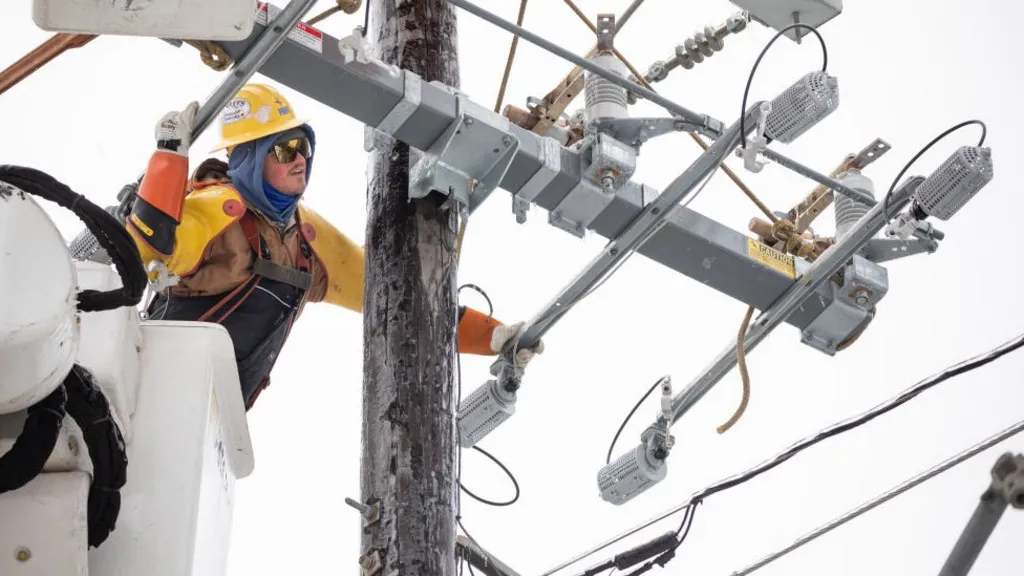
In an era marked by surging electricity demands, artificial intelligence (AI) emerges as a critical tool in averting power interruptions. Let’s delve deeper into how AI is transforming energy management to safeguard against future power cuts.
Recalling the chilling nights of February 2021 during winter storm Uri in San Antonio, Texas, Aseef Raihan vividly recounts the ordeal of enduring freezing temperatures due to a widespread power outage. The event, which left over 4.5 million homes and businesses without electricity for days, underscored the vulnerability of energy grids to extreme weather conditions.
While not all regions face winters as severe as North America, the global escalation in electricity consumption poses challenges. Factors such as the proliferation of electric vehicles and the widespread adoption of air conditioning systems contribute to escalating power demands. Moreover, the transition to renewable energy sources introduces variability in energy production, emphasizing the need for resilient energy infrastructure.
Recognizing these challenges, governments and industries are exploring innovative solutions. For instance, the UK Energy Secretary recently cautioned about potential blackouts, underscoring the necessity of backup power sources like gas-powered stations. Additionally, integrating large-scale battery storage systems into the grid offers a promising strategy to enhance resilience.
In Texas, significant strides have been made in deploying battery storage capacity, with over five gigawatts added within three years post-storm Uri. This rapid expansion equates to approximately four large nuclear power plants, underscoring the transformative impact of energy storage technologies.
However, the effectiveness of battery storage hinges on accurate predictions of energy supply and demand. This is where AI plays a pivotal role. Companies like WattTime leverage AI algorithms to forecast electricity demand patterns based on diverse parameters such as weather conditions and societal activities. By optimizing charging and discharging schedules, these systems maximize energy efficiency and cost-effectiveness.
Moreover, AI facilitates proactive maintenance of critical infrastructure. Companies like Buzz Solutions employ AI-powered image analysis to detect signs of damage or vegetation encroachment on power lines. By preemptively addressing these issues, potential outages and safety hazards are mitigated.
Furthermore, AI extends its capabilities to wildlife monitoring, identifying and reporting instances of animal intrusions that pose risks to substations. This proactive approach not only safeguards infrastructure but also reduces the incidence of wildlife-related outages and associated safety hazards.
In conclusion, AI-driven innovations hold immense potential in fortifying energy systems against disruptions. By leveraging advanced predictive analytics and proactive maintenance, AI enables utilities to optimize resource allocation, enhance grid resilience, and ensure uninterrupted energy supply in an increasingly electrified world.




















Be the first to leave a comment